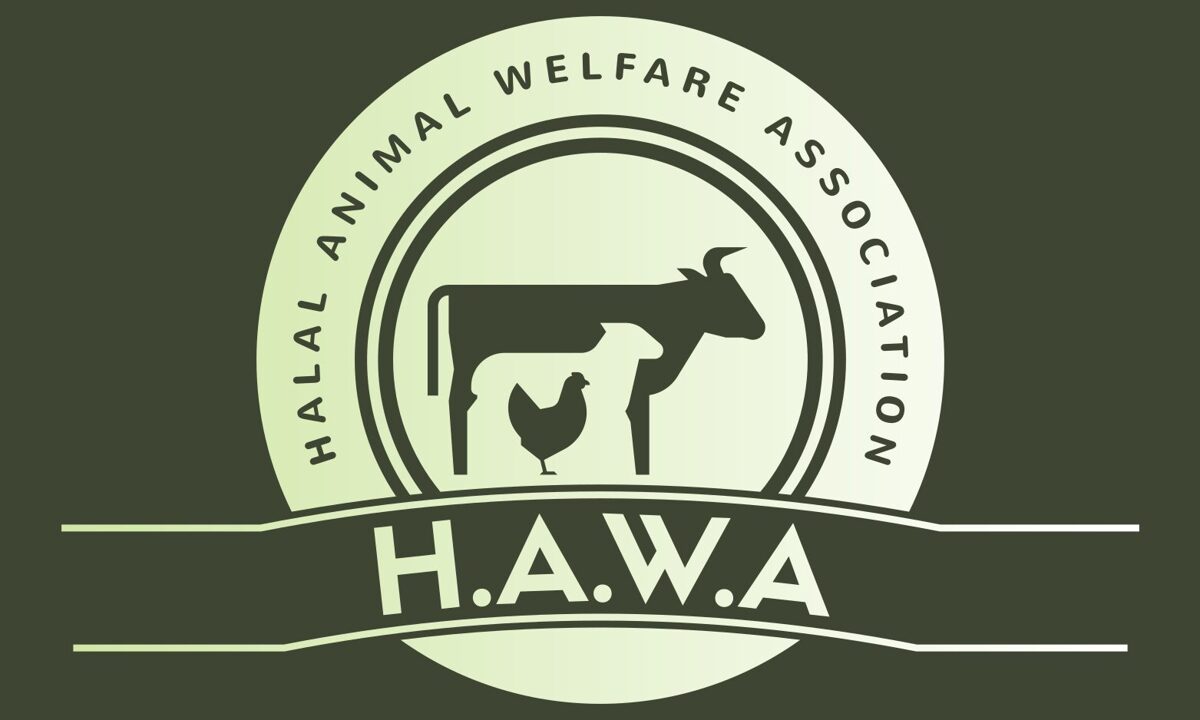UK Farming Practises: Intensive, Organic and Free-Range – The differences
UK Farming Practises: Intensive, Organic and Free-Range – The differences
What is Intensive farming:
Intensive farming is an agricultural method whereby animals are bred and reared in mass for meat and dairy production in line with supply and demand.
The livestock (including birds) are housed throughout their lifetime inside industrial/ agricultural sheds or barns, In some cases the animal does not go outside at all until they are the correct weight and size to be sent to slaughter or fulfil the purpose they are kept for. (e.g.laying eggs or dairy products). (1)
The animals are allowed to be fed livestock feed which contains GMO’s or enzymes and hormones to manipulate growth rates. Antibiotics and coccidiostats can be given at will, the residues which can be found in human food if the animal is slaughtered after a certain amount of time after administration.
Certain standards have to be met by law regarding the size and facilities of these farms in order to operate such as good ventilation, adequate space and hygiene standards, which are set as guidelines by DEFRA. (2)
Often with this kind of farming, the light and heat are manipulated inside the barn to affect reproductive cycles so the animals produce more offspring or eggs. Artificial insemination is also used to increase the chances of females becoming pregnant rather than leaving the process solely to nature. (3) This method is very clinical the animals are mainly monitored electronically. If they can afford it, farmers will use up to date technology to feed the animals a certain ration of food per day, monitor the animals health, behaviour and breeding/ heat cycles.
What is Organic farming:
Organic farming is an agricultural method which respects ecosystems and natural lifecycles by following set principals and requirements which allow produce to be organic certified by an organic control body after inspection. At the moment the UK must abide by organic principals as per the European commission and DEFRA, however after Brexit the UK will no longer be part of the EC rulings and will have its own set of laws and requirements. (4)(5)(6)
Examples of principles which should be followed to be organic certified are:
(All requirements can be found in the reference link)
- Strict limits on Antibiotic use on livestock. Antibiotics and coccidiostats should not be used to increase growth rate.
- Strict limits on food additives and other processing aids.
- Use of Livestock fertiliser and organic feed produced on the farm.
- Using disease resistant livestock suitable for the local area.
- Using suitable husbandry for the different livestock species.
- Free range housing
- No GMO’s.
As it stands under UK Organic certification bodies Halal meat is not allowed to be Organic certified (This law was changed for the EU) even if the animal has been raised in an organic process- The farm can be Organic certified, but the Halal slaughter house cannot because under certification requirements animals have to be stunned before slaughter. (6) (7)
There is only one UK certifying body, Bio-dynamic which does now certify Halal slaughter houses.
What is Free range:
Free range is a less intensive form of farming and means the Animals live a more natural life outside grazing on pasture outside, sometimes in mixed livestock fields rather than being restricted to a barn with processes such as light adjustment to control breeding and laying.
HOWEVER: As the law stands, if the animal can have an equal amount of time inside the barn and outside on pasture is it considered Free range and can be labelled this way regardless of other factors!
With regard to feed and medicines the same standards as intensive farming apply. The animals are allowed to be fed livestock feed which contains GMO’s or enzymes and hormones to manipulate growth rates. Antibiotics and coccidiostats can be given at will, the residues which can be found in human food if the animal is slaughtered after a certain amount of time after administration.
Some of the requirements for free range are:
- The Animal can freely move around and exhibit natural behaviours
- Pasture is well maintained to prevent parasites
- Indoor space must not restrict movement or natural behaviours
- Any indoor space must be well ventilated.
- Outdoor space should be secure.
In the cases of birds/ poultry they will have access to an indoor area for laying which meet DEFRA requirements for things such as ventilation and fire risk, they may be housed in a barn overnight to stop them being caught by predators etc.(8) Other livestock are in some cases housed inside during winter months or breeding season for monitoring, again barns will meet certain DEFRA requirements concerning animal welfare.
Minimum indoor space requirements for Free range animals are: (9)
Chickens: No cages. 38kg per m2 for broilers and 30kg per m2 for poussin.
Cattle: One cubical per animal suitable for breed and size.
<600kg 2.4m L by 1.5m W >600kg 2.5m L by 1.2m W.
200kg 1.5m L by 0.7m W 300kg 1.7m L by 0.85m W
350kg 2.05m L by 1.05m W >350kg 2.1m W by 1.1m W
Space to lie down, stretch and turn without difficulty.
Sheep/ Lambs/ Goats: One cubical per animal suitable for breed and size. Space to lie down, stretch and turn without difficulty.
1m2 – 2.2m2 : Per Adult. Depending on kg in weight and if lambs/ kids are present.
0.5m2- 0.9m2: Per young depending on age.
1. Intensive farming, Everything Connects, 2013. http://www.everythingconnects.org/intensive-farming.html
2. Gov.Uk, 2013. https://www.gov.uk/guidance/animal-welfare
3. Geoffrey E. Dahl ,Izabella M. Thompson, 2012. Effects of Photoperiod on Domestic Animals. https://onlinelibrary.wiley.com/doi/pdf/10.1002/9781119949091.ch13
4. http://ofgorganic.org/farm-minister-supports-uk-organic/
5. https://www.soilassociation.org/media/15931/farming-and-growing-standards.pdf
7. https://www.soilassociation.org/media/16026/abattoir-and-slaughtering-standards.pdf
9. Red tractor assured scheme version 4.1. June 2018. https://assurance.redtractor.org.uk/contentfiles/Farmers-6800.pdf?_=636343316823538543
10. Red tractor assured scheme version 4.0. October 2017. https://assurance.redtractor.org.uk/contentfiles/Farmers-6803.pdf?_=636359681046417894
Cart
Cart is empty.
